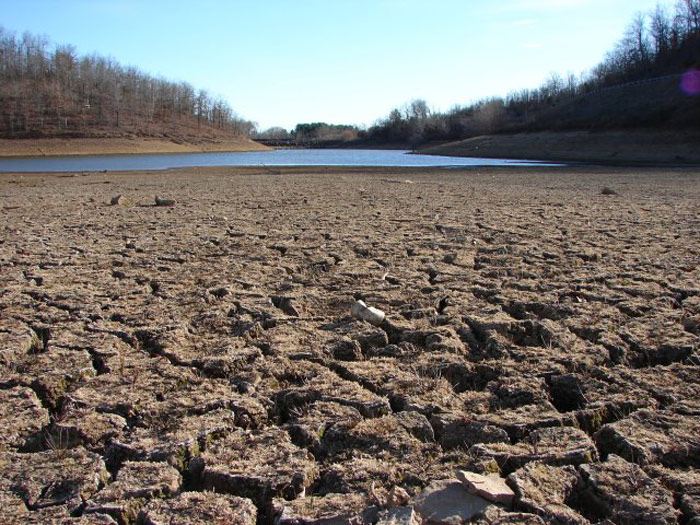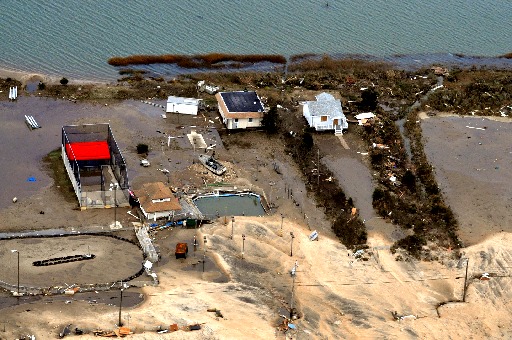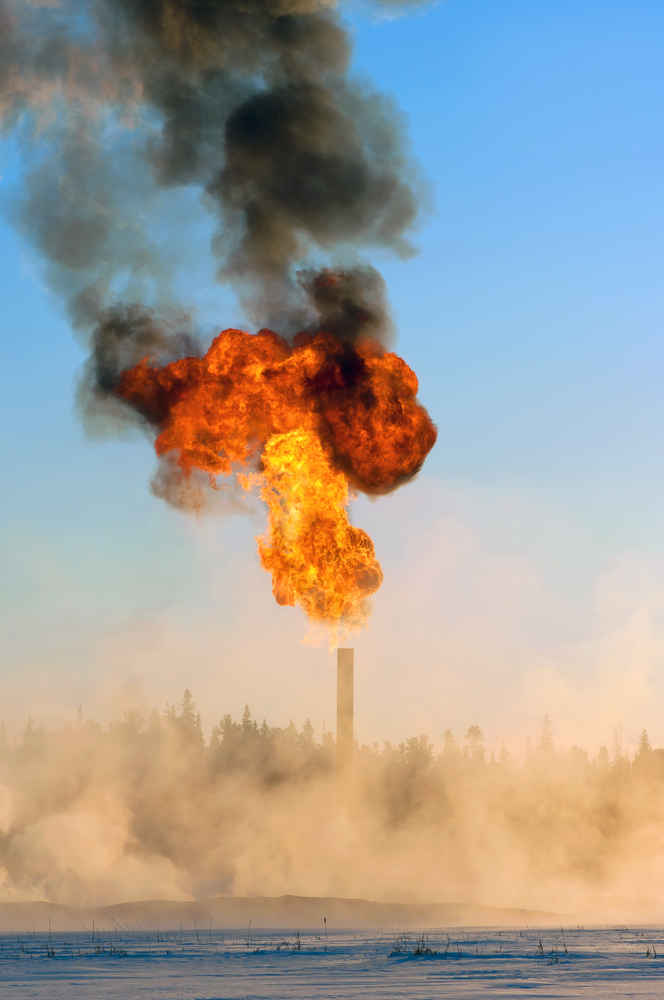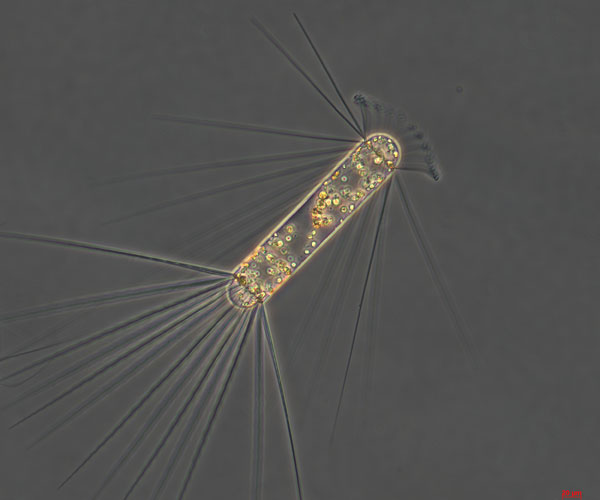The 7 Hottest Climate Change Stories of 2012
Climate Change in 2012

This year saw many climate-related stories making headlines. Some were annual rites that have become familiar in recent years, such as the international climate talks, rising global emissions, natural disasters with climate change connections and political wrangling. Others truly were record setters: The contiguous United States is virtually certain to have experienced its warmest year on record, and Arctic sea ice shrank to a record summer low extent, for instance. Here are some of the biggest stories of 2012.
Record heat and a climate change debate

This year is almost certain to be the hottest on record since the 19th century for the lower 48 states, according to the U.S. National Oceanographic and Atmospheric Administration (NOAA). Parts of the country experienced an unprecedented "summer in March" — a heat wave in late June, early July set new all-time high records in a number of places; and July became the hottest month on record for most of the United States. While global average temperatures weren't as unprecedented, they too have been unusually warm.
Prominent climate scientist James Hansen and colleagues published research saying recent heat waves "were a consequence of global warming, because their likelihood in the absence of global warming was exceedingly small." Some other climate scientists, however, disagreed about the degree to which heat waves can be attributed to climate change.
Sandy and the politics of climate change

Hurricane Sandy, actually a hybrid hurricane and winter storm, brought an unprecedented surge of water to The Battery at the tip of Manhattan, and wreaked havoc on the city and a section of the U.S. east coast. Global warming was widely blamed for exacerbating the devastating storm. The link prompted New York City Mayor Michael Bloomberg to detail plans to help the city better adapt to the changes coming with climate change and to reduce greenhouse gas emissions.
As a result of the storm, the politically independent Bloomberg endorsed Barack Obama, who was at the time running for re-election as U.S. President, saying Obama was better able to address climate change than his Republican challenger, Mitt Romney. Otherwise, discussion of climate change was nearly absent during the election.
Global talks plod ahead, amid angst

Negotiators from the world's nations met in Qatar for another round of talks to address global warming. In spite of a rising sense of urgency in the background, progress this year was small. Among the achievements: A small number of nations agreed to a second commitment period for the greenhouse-gas reduction treaty, the Kyoto Protocol, which would remain in effect until 2020, when a new, but as yet undrafted, climate agreement is expected to take effect. Meanwhile, a slew of reports highlighted the planet's greenhouse gas-emissions' trajectory and the urgent need it. Natural disasters, too, in particular Typhoon Bopha's devastation in the Philippines, called attention to the connection between extreme events and climate change.
Disappearing Arctic Ice

On Sept. 16, the summer ice cover over the Arctic Ocean reached a new record low. Arctic sea ice follows a cycle, growing during the winter and retreating during the summer. This didn't happen out of the blue, in recent years, the cover has fallen below the average extent for 1979 to 2000. Arctic warming and loss of sea ice have implications for the animals, the local people, global-warming trends and development, such as oil extraction. This summer, the ice sheet over Greenland, too, also shattered its past record for summer melt. Unlike melting sea ice, the melt from the ice shelf contributes to rising sea levels.
Get the world’s most fascinating discoveries delivered straight to your inbox.
A Decline in U.S. Carbon Dioxide Emissions

Early in 2012, the carbon dioxide emissions created by energy use in the United States dropped to their lowest level in 20 years, the U.S. Department of Energy reported. Carbon dioxide is the primary greenhouse gas. The drop was attributed to a mild winter that reduced demand for heating; a decline in the use of coal to generate electricity in favor of natural gas, which produces less carbon dioxide; and reduced gasoline demand caused by a slowed economy. (The United States is now the second largest contributor to greenhouse gas emissions from fossil fuels, behind China.)
The Reality of Rising Sea Levels

Even if climate change made no other contribution to storms, such as Superstorm Sandy, the risks for coastal cities are expected to worsen thanks to rising sea levels, which boost storm surges to higher, more destructive levels. In research published in November, researchers used satellite data to clarify the rate at which ice is melting in Antarctica and Greenland and contributing to rising sea levels. They calculated that melt from Antarctica and Greenland has contributed nearly half an inch to sea levels in the past 20 years. They also found that, overall, the ice sheet covering Antarctica is losing mass. Rising sea levels are one of the most potent, long-term threats climate change poses to societies.
Other work demonstrated that the effects of rising sea levels are not uniform, indicating, for instance, that a 621-mile (1,000-kilometer) stretch of the U.S. Atlantic coast, is a "hotspot" experiencing sea-level rise three times faster than the global average.
Other ways to address global warming

Geoengineering, a controversial idea, suggests that humans can slow warming through dramatic projects, such as releasing sunlight-blocking particles called aerosols into the atmosphere. Research published this year showed that one such proposal, to fertilize the oceans with iron prompting an algal bloom that would suck carbon out of the atmosphere, had some merit. Meanwhile, news of another iron-dumping experiment, conducted off the west coast of Canada, sparked protests from critics who cited a lack of transparency and a violation international agreements.
Meanwhile, a group of ethicists proposed, somewhat seriously, that instead of geoengineering the planet, humans need to engineer themselves. They offered suggestions such as inducing an intolerance to red meat, since livestock are an important source of greenhouse gases, and making humans smaller so they require less energy.
Follow LiveScience on Twitter @livescience. We're also on Facebook & Google+.



